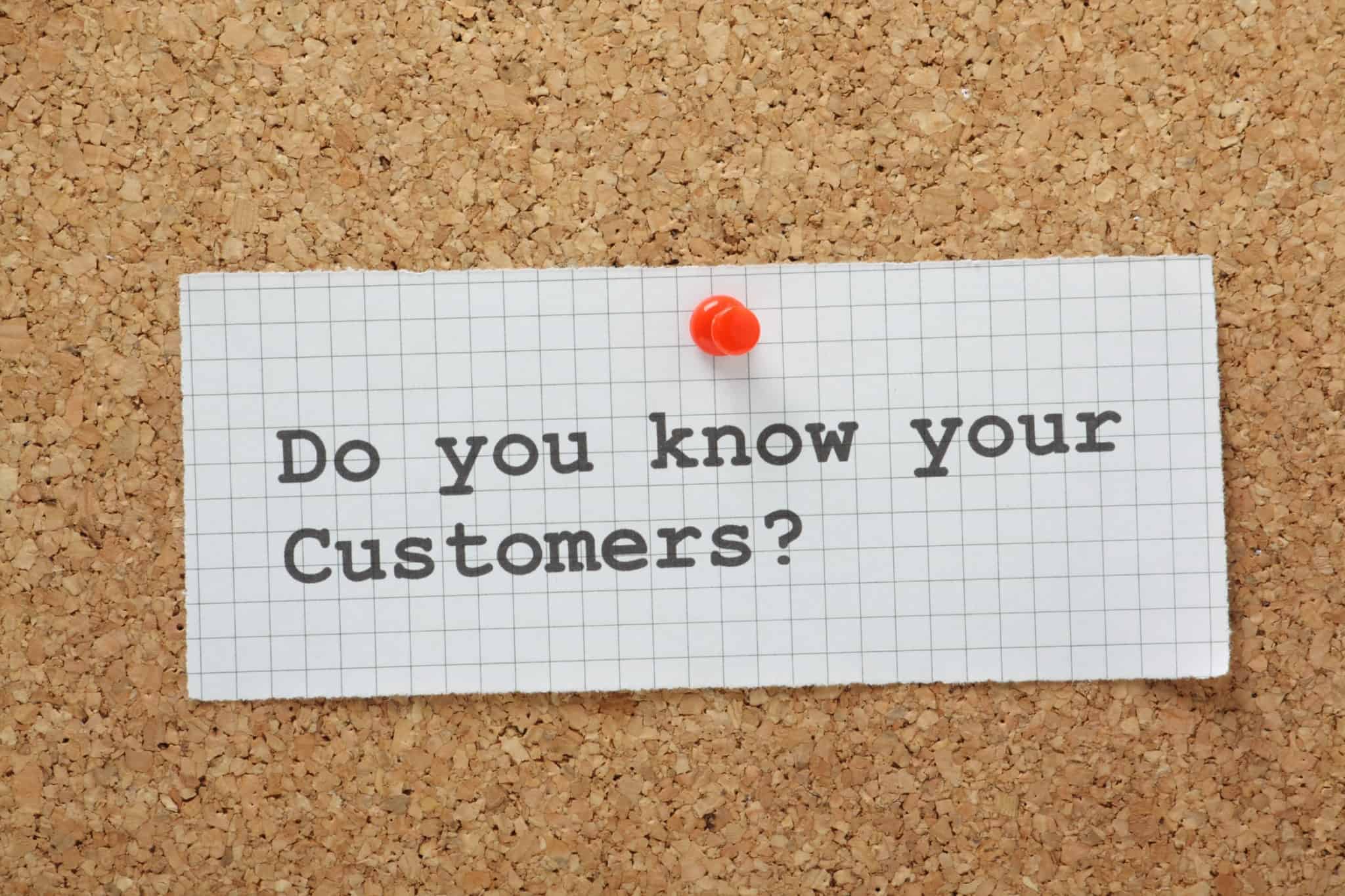
Website design briefs: Be very careful what you ask for
‘Be careful what you ask for’ is always good advice. And when you’re briefing an agency on creating a new website or ecommerce store you need to be extra careful.
The magnitudes – positive or negative – of that briefing will live with you for a while. The outcomes of suspect assumptions or the erroneous focus can be costly to fix once you find out that your costly new site is a flop.
Briefs characteristically go wrong for a simple reason; they start off placing focus on the wrong place. The requirements list is usually built along the lines of ‘We need the website to…’ – The ‘we’ in question, is undoubtedly the business commissioning the new site.
This is usually the normal mindset when agencies such as ourselves are briefed about redesigning a website or ecommerce store. In our view, it’s a completely wrong focus. And if your project begins by asking for the wrong things, don’t be surprised if it doesn’t provide the ROI you anticipated. It will then require a lot of effort and cost later on to deliver the performance and conversions you hoped for.
A clearer way of thinking about your new site?
There’s a slight change required in the way you think about your new site and how you get an agency briefed. It’s a way that can provide a much better return on investment.
Instead of, ‘we need to…’ try, ‘our customers need to…’
If all you ask for in your redesign brief is based on what you believe your business requires, where does that place your customers? Of course, business goals matter. However, there must be a clear picture of how your new website fits into your broader business objectives. Without exception, they should impact the project brief – more than it has historically been.
Having a clear and common understanding of the outcomes you want to achieve with the new website (how many more sales or enquiries, in what parts of your business), will be an upgrade on many briefs. But you can, and should, proceed further.
Customers are your business – Do you actually know your customers?
Any company’s business goals can only be attained through its customers’ behavior. So how can it make sense if they are not made the focal point of the website project?
Think about the last time you briefed a web agency. How much importance did you attach to your customers, what they want to do, what they like, what turns them off? Did you have dependable insights into any of these?
The big benefit – and test – of placing focus on customer intent and preferences is that there are no shortcuts. To attain this degree of clarity, there’s no room for easy assumptions, generalisations and misplaced optimism that result in low conversion rates and poor returns. To understand your customers, you need well-thought-out effort, accurate research, data and careful observation.
The benefit of these efforts is that your new site is designed to provide your customers with the user experience that they crave – one which you’re failing to provide at the moment. And to do this early enough!
Audience Personas – so what?
You definitely need to do more than writing a set of audience personas and pasting them on the wall to serve as reminder for the developers about who the site is for.
You, or your design agency, can learn a startling amount from your present site before completely discharging it. A basic implementation of any website should be analytics. On it, you have information that shows you how people move through the site, where they drop off and where they fail to convert. You might also have onsite search data that might specify unsatisfied user intent. You can incorporate these insights with usability studies to get a deeper degree of understanding. Analytics may figure out where the problems lie, but analytics doesn’t always tell you why!
Starting a new website project should always summon an investigation into the existing site to find the strengths and the weaknesses before starting again from scratch. Don’t forget that alienating your existing customers increases their chances of leaving. Retention isn’t considered as much as acquisition in building new sites.
It is possible that you don’t want to start your redesign straight away. You can A/B split test improvements and new landing pages before you integrate them in your new site. That way, you can prove that the changes you are looking to implement really do provide customers a more valuable experience.
These insights would help you build a clearer picture of the user experience you need to deliver across your site. You’ll have a more eloquent design brief. The brief will be centered on creating the user experience that will serve up the business results you anticipated.
Understand Intent
Put down, in clear details, the journeys that will allow customers to achieve their intent as swiftly and easily as possible. Be specific about how customers will expect to interact with your new web site. Specify what they will need to learn or find along the route to an effective conversion. These are the questions that more often go unasked. Customers’ fears, uncertainties and doubts are conversion killers!
When you think you know the answers, you can develop and user test any wireframes and prototypes, based on streamlined user journeys. Don’t leave anything to chance. You’ll then be in a contented position of launching the new site with buoyancy.
You’ll be as much sure as you can that it delivers the optimal possible user experience – because your customers were in the driving seat from the start.
Are you really ready to brief your agency?
- Can you clearly point out what difference users will want to do on your site and how they will surf through your content?
- Do you know how to communicate with your customers? Could you tell what their favorite movie would likely be, what they read, what TV programmes they like? These questions would provide a lot about the language and images required to engage and persuade them.
- Can you mention five things customers value most and hate most about your current site? How do you know?
- Do you have a clear conversion process and can you measure how your new site needs to perform at each stage?
- Can you specify exactly what you will need to measure on your new site (over and above the obvious stuff like bounce rates)?
If all those questions appear too difficult to answer, there’s still an easy way out; find an agency that doesn’t ask tricky questions and keep your fingers crossed.

